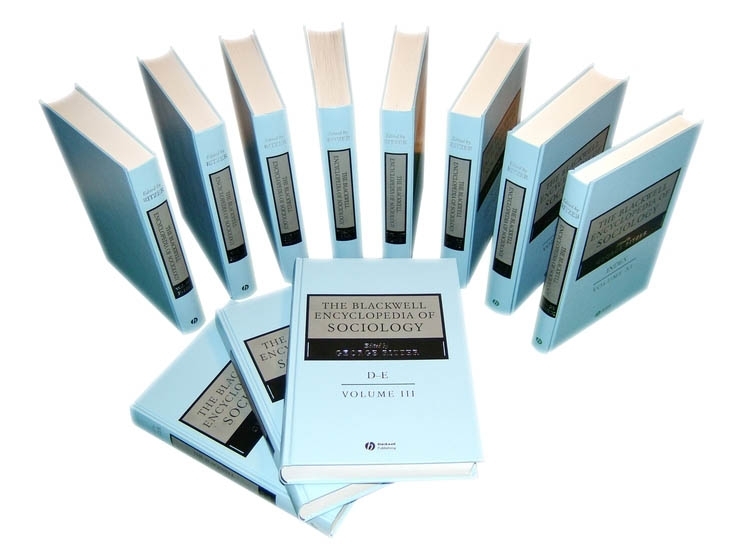Autoethnography
Abstract
Autoethnography refers to both a research process and the product of the approach. Practitioners draw from their lived experiences as a starting point for social inquiry. They represent their thoughts, emotions, collective experiences, and social processes associated with an identity or issue and then contextualize them in broader, societal-level phenomena. Autoethnography arose as a response to the crisis of representation in the 1980s. This approach may employ a standard written essay format (for example, statement of problem, theory, literature review) and/or more artful forms of representation (for example, plays, art, music, and poetry). Autoethnography might address any form of lived experience, from the mundane – such as sleeping – to more sensitive topics – such as surviving childhood sexual abuse, bulimia, or natural disasters. The continued support and growth of this approach offers many future opportunities for expanding autoethnographic work worldwide.



